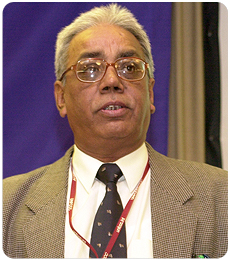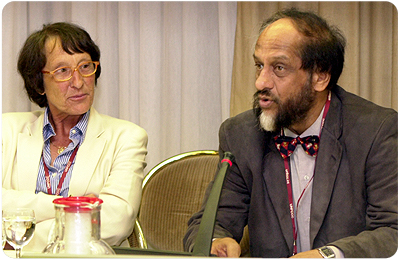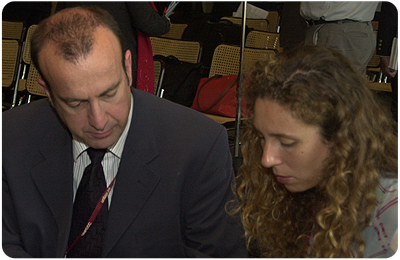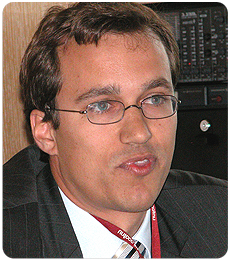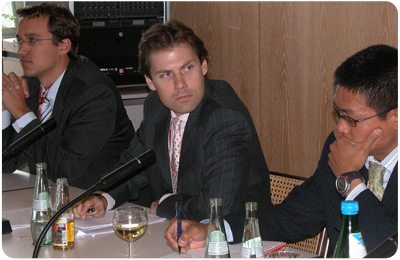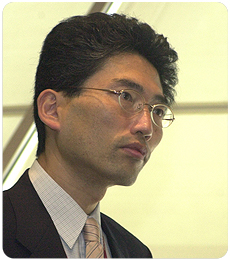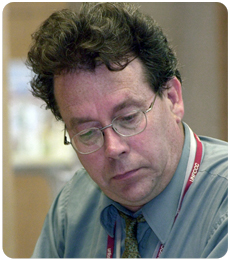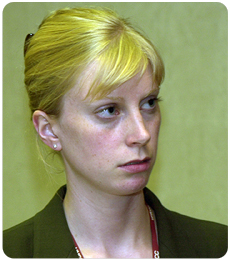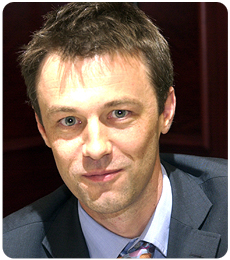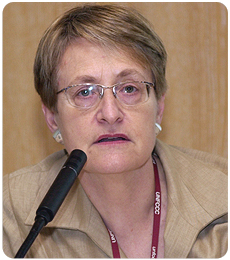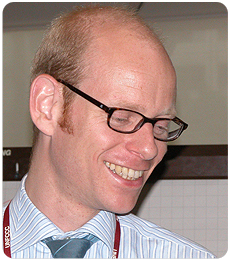Niklas Höhne, ecofys, discussed efforts undertaken in Germany to exchange views and facilitate international dialogue on the way forward in international climate policy. He explained that a website had been set up to provide a “one-stop source of information” on scientific and political processes, institutions and approaches related to future action.
Martin Weiß, German Environment Agency, highlighted a workshop held from 9-11 June 2004 in Berlin, Germany, which brought together scientists and policy makers to discuss interpretations of the UNFCCC’s objective, cost estimates of mitigation and stabilization, and a comparison of regime designs. He said the workshop’s outcomes revealed that ambitious cuts in global emissions are necessary to avoid dramatic impacts, and noted the need to stabilize atmospheric greenhouse gas concentrations at below 450 parts per million. Weiß also explained that economic analyses showed these targets to be technically and economically feasible when technological change is taken into account.
Murray Ward, speaking in his personal capacity, stressed the urgency to act within the next 20 years to keep options open. He recommended considering data on consumption rather than production as an indicator for differentiating commitments.
Mary Jane Mace, Foundation for International Environmental Law and Development, noted that the website and forum would be particularly useful for developing countries. She stressed that balancing the cost of mitigation with the benefits from avoided damages is not an appropriate framework, as costs of damages are unevenly distributed. Mace also emphasized that achieving mitigation is essentially a matter of political will.
Lars Müller, EC, said developed countries need to adopt tough targets, and highlighted that several European states have announced ambitious long-term targets, including the UK’s target to reduce emissions by 60% by 2050. Noting that the Commission will analyze the costs and benefits of mitigation next spring, Müller said that strict cost benefit analysis is not the appropriate tool to address the problem of global climate change
Jennifer Morgan, World Wide Fund for Nature, noting that several US initiatives had chosen absolute emissions caps as an instrument for limiting emissions, recommended the use of absolute emission caps for developed countries, rather than dynamic or other types of targets,. She stressed that further attention should be given to redirect the financial flows between developed and developing countries in a more climate-friendly manner.



